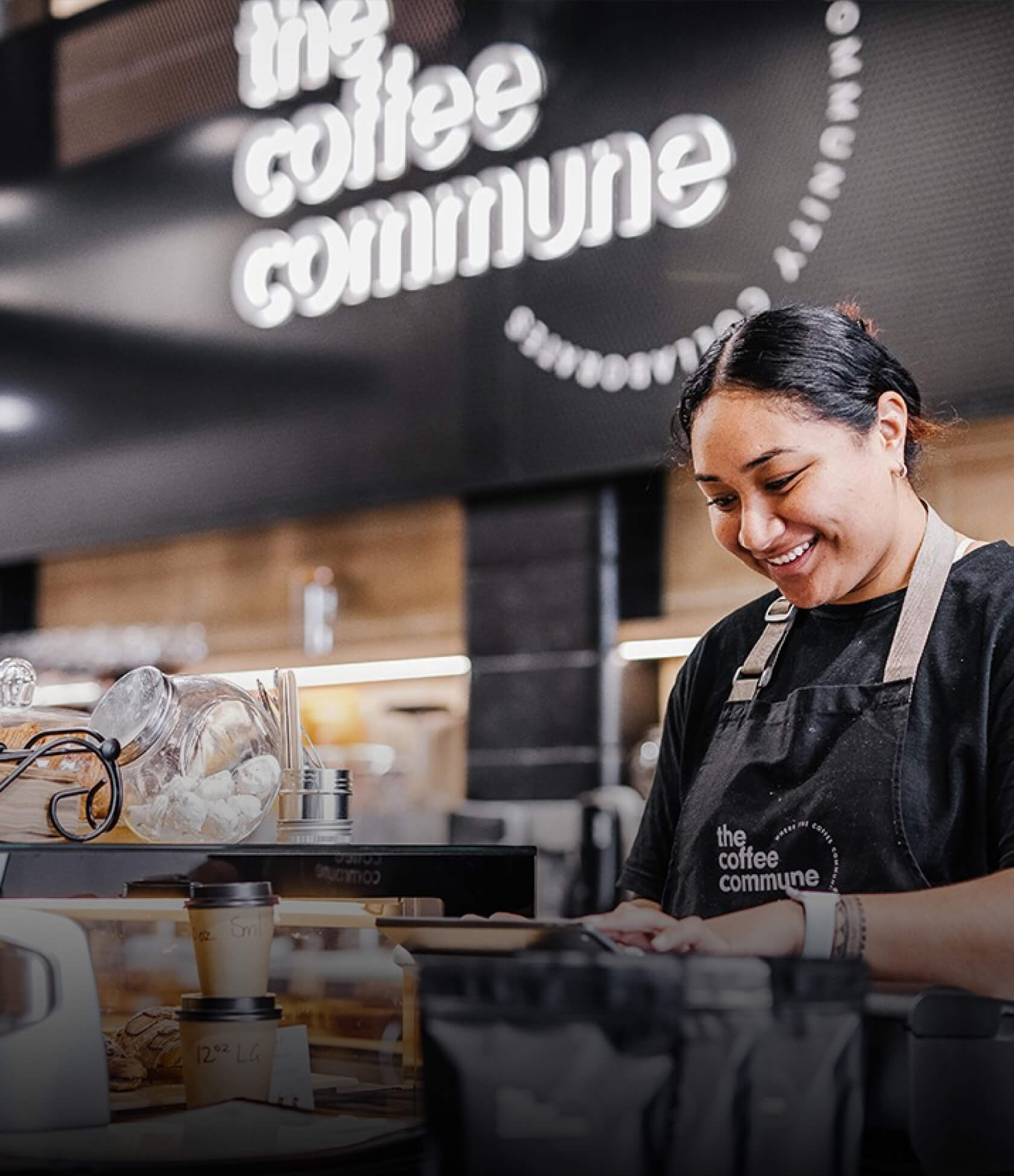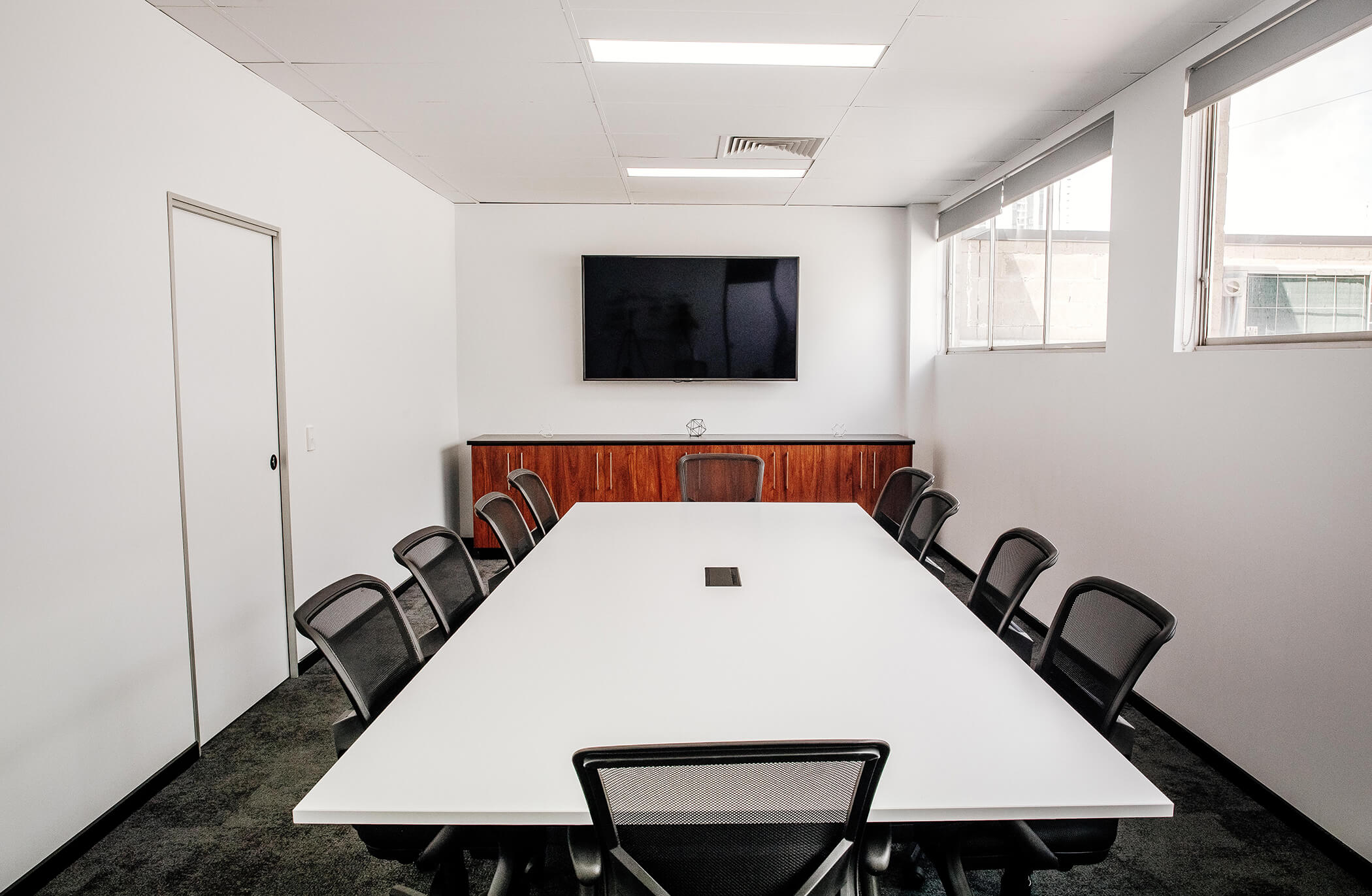10 Trends shaping the future of hospitality
I’ve been watching, reading, and listening to all the chatter that’s been happening post-Covid, and there have been some clear trends emerging. The food and beverage industry has changed dramatically – and it will continue to change as new trends take hold. From supply chain disruptions to changing customer preferences – there are new challenges daily, making it essential for café and restaurant owners to understand the impact these emerging trends will have on their business, and to adapt strategies accordingly. Here’s a snapshot of what I’m seeing, and over the next few blogs I will try to flesh these out further.
Best Regards
Phillip Di Bella
1 – Supply Chain Challenges
Disruptions and delays in global supply chains are inevitable thanks to the Russian invasion of Ukraine and port congestion. The key will be to maintain open lines of communication with suppliers, while constantly looking at how you can diversify your supply options. I believe a recent report by NewsCorp1 identifying healthier eating options, and a greater preparedness by people to experiment with new food tastes at home was a clear indicator that a properly promoted, flexible menu, could be an invaluable differentiator for a smart café operator, not only allowing for ingredient substitutions without compromising quality.
2 – Addressing Staff Shortages
Staff shortages are not going away any time soon. We have to be on the front foot by offering competitive wages, flexible work arrangements and opportunities for professional growth. Other proactive steps you can take will be investing in staff training and cross-skilling to optimize productivity during reduced hours. Technology and AI could be paths to take, but ones that can also lead you down the garden path. Make sure you get the right support and advice. Check out the Coffee Commune aligned partners on our website, they are people we trust to give the right advice at the right price.
3 – Embracing Sustainability
Consumers are increasingly prioritizing sustainability in their shopping decisions. Embrace this trend by sourcing seasonal, local, and sustainable produce. Actively promote your commitment to eco-friendly practices, such as waste reduction, energy efficiency, and responsible sourcing. Make sustainability a key brand value building trust and loyalty by educating your customers about your sustainability initiatives.
4 – Leveraging Digitalization and Automation
Explore the adoption of digital tools and automation to improve efficiency and cut costs. The investment you make in time to explore these options will reward you handsomely, but again, make sure you get the right advice and support. Things to consider could be digital expiration date labels and product traceability analytics to streamline inventory management and reduce waste. If you haven’t already investigate the pros and cons of online ordering and delivery platforms to cater to changing consumer preferences.
5 – Capitalizing on the Growth of Convenience
As convenience becomes paramount, consider diversifying your offerings to include meal prep kits and food boxes. This fits squarely in one of the seismic shifts identified in the NewsCorp report. More and more people are cooking and entertaining at home. There is also a shift in the types of food with greater preparedness to experiment with new foods. Combine these trends with convenience and you open up a new revenue stream based on ready-to-cook or ready-to-eat options, catering to their busy lifestyles. Collaborate with local suppliers and leverage your culinary expertise to create unique and appealing meal kits that stand out in the market.
6 – Healthier Food Preferences
Healthier eating is not a fad. This trend has been growing year on year. Stay ahead of the curve by offering healthier options that align with consumer preferences. Emphasize the use of fresh produce, reduce meat consumption, and offer low-sugar alternatives. Highlight nutritional information and ingredient sourcing on your menu, on posters on the wall. Do everything you can to cater to health-conscious customers. Consider partnering with local health and wellness influencers to enhance your brand reputation.
7 – The shift to non-alcoholic drinks
The demand for non-alcoholic beverages is rising as more people seek a balanced lifestyle. Enhance your beverage menu by incorporating creative and refreshing non-alcoholic options. Experiment with mocktails, artisanal sodas, and herbal infusions to cater to this growing market segment.
8 – Plant based and alternative proteins
Post-Covid there’s been an exponential growth in demand for plant-based and alternative proteins. Explore menu options that feature plant-based “meat” substitutes and incorporate alternative protein sources such as seaweed, nuts, seeds, and edible insects. Broaden your customer base by offering vegan and vegetarian choices that are flavoursome, innovative, and satisfying. Start with one or two menu items, watch them take off.
9 – Financial Preparedness
Rising inflation, transport costs, and supply chain issues are already playing havoc with the industry experiencing payment delays and insolvencies. A robust financial strategy means monitoring your cash flow daily, efficient management of your inventory and building strong relationships with trusted suppliers. Consider seeking professional advice to navigate potential financial challenges.
10 – Storytelling in a cluttered marketplace
This is the oldest trend in the book. There’s always been competition, there’s always been clutter in the market, and yes, there probably is more today, than there was a decade ago. But you’ve done all the hard work. Created a product offering that consolidates the loyalty of current customers and added enough intrigue and difference to make you the leader of the pack in sustainability and product diversity. Now you have to tell the world, because people don’t know, what they don’t know, and unless you shout it loud enough, there’s plenty more out there who will. Don’t let it stress you. Storytelling is simple – if you were your customer, what would you want to know? What would make you try that place up the road? What would get you excited about trying something new, different? That’s the story you have to tell your customers.
If you want to thrive in the years ahead, you need to stay attuned to emerging trends, maintain a customer-centric approach, continuously refine your offerings and make sure your brand is out there, loud and clear.




